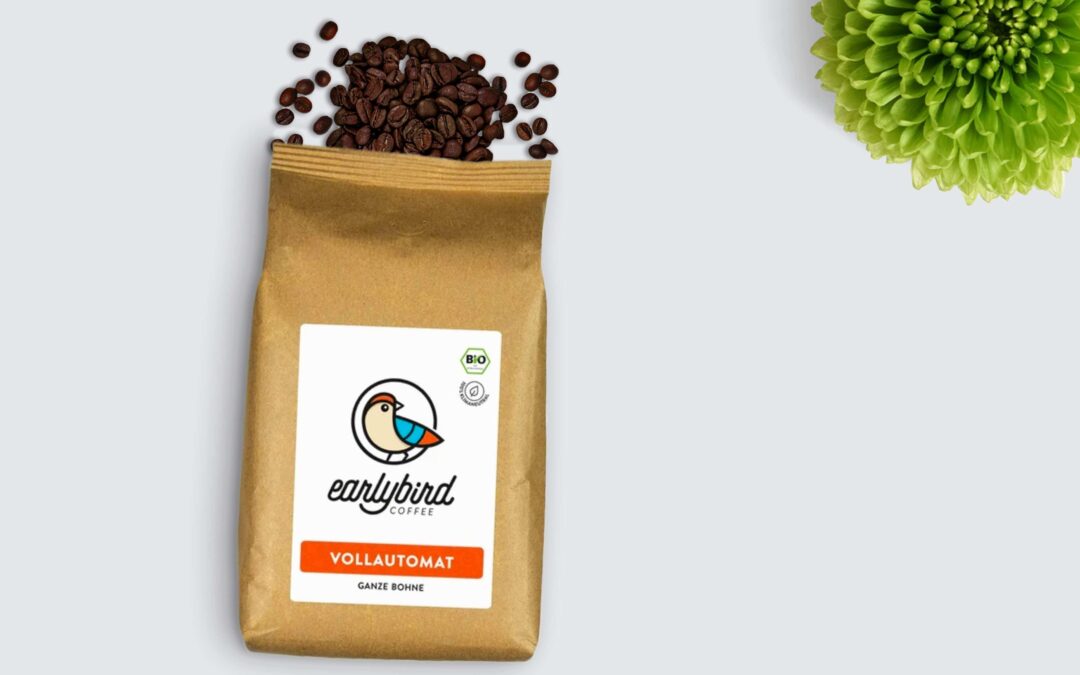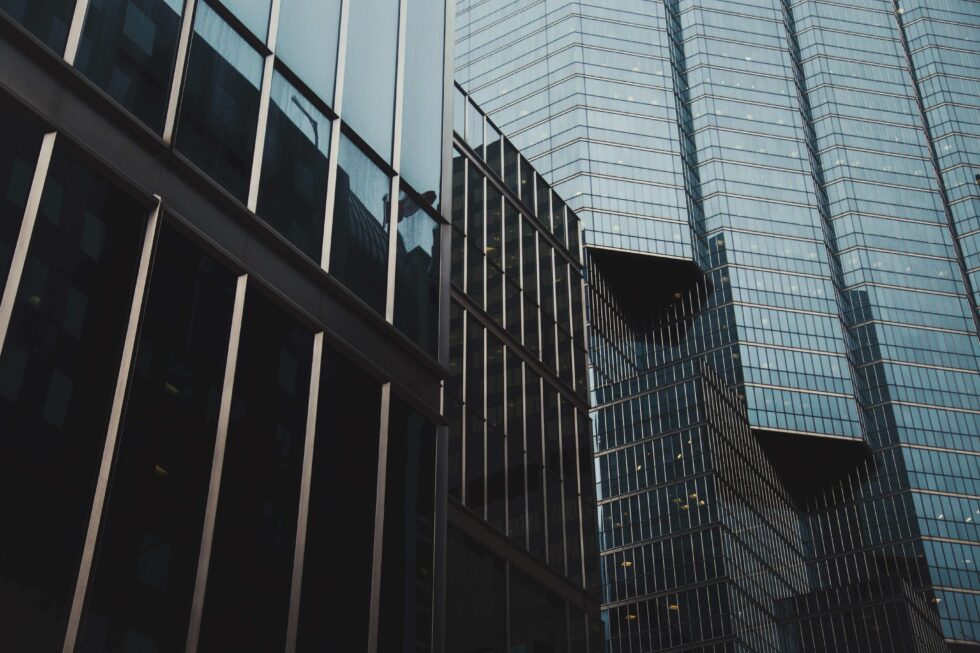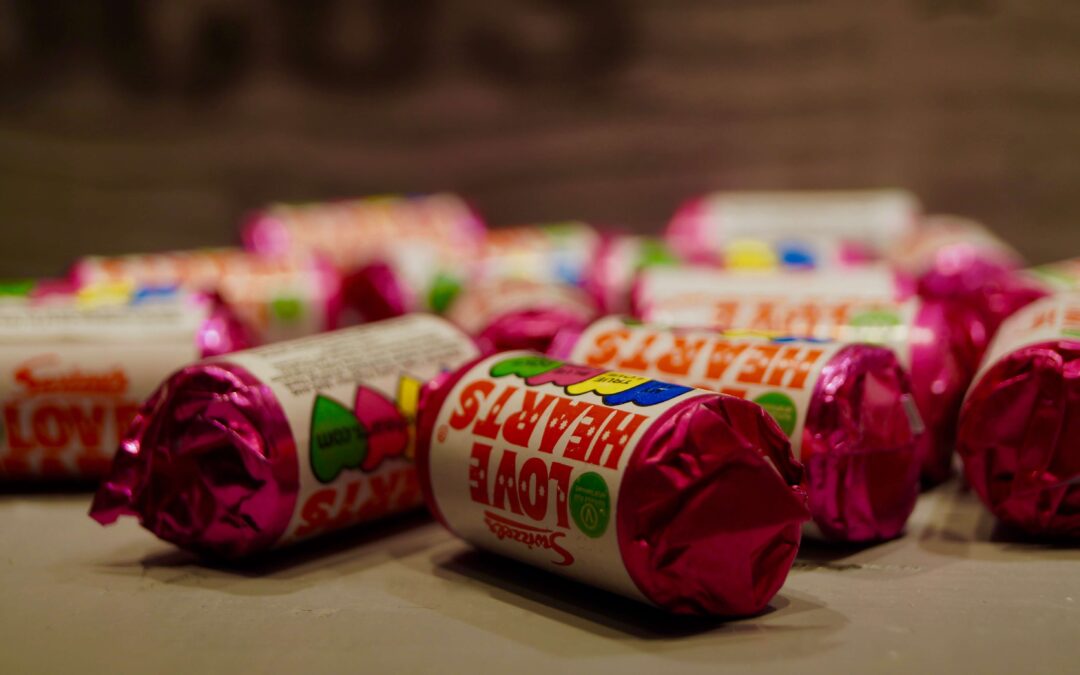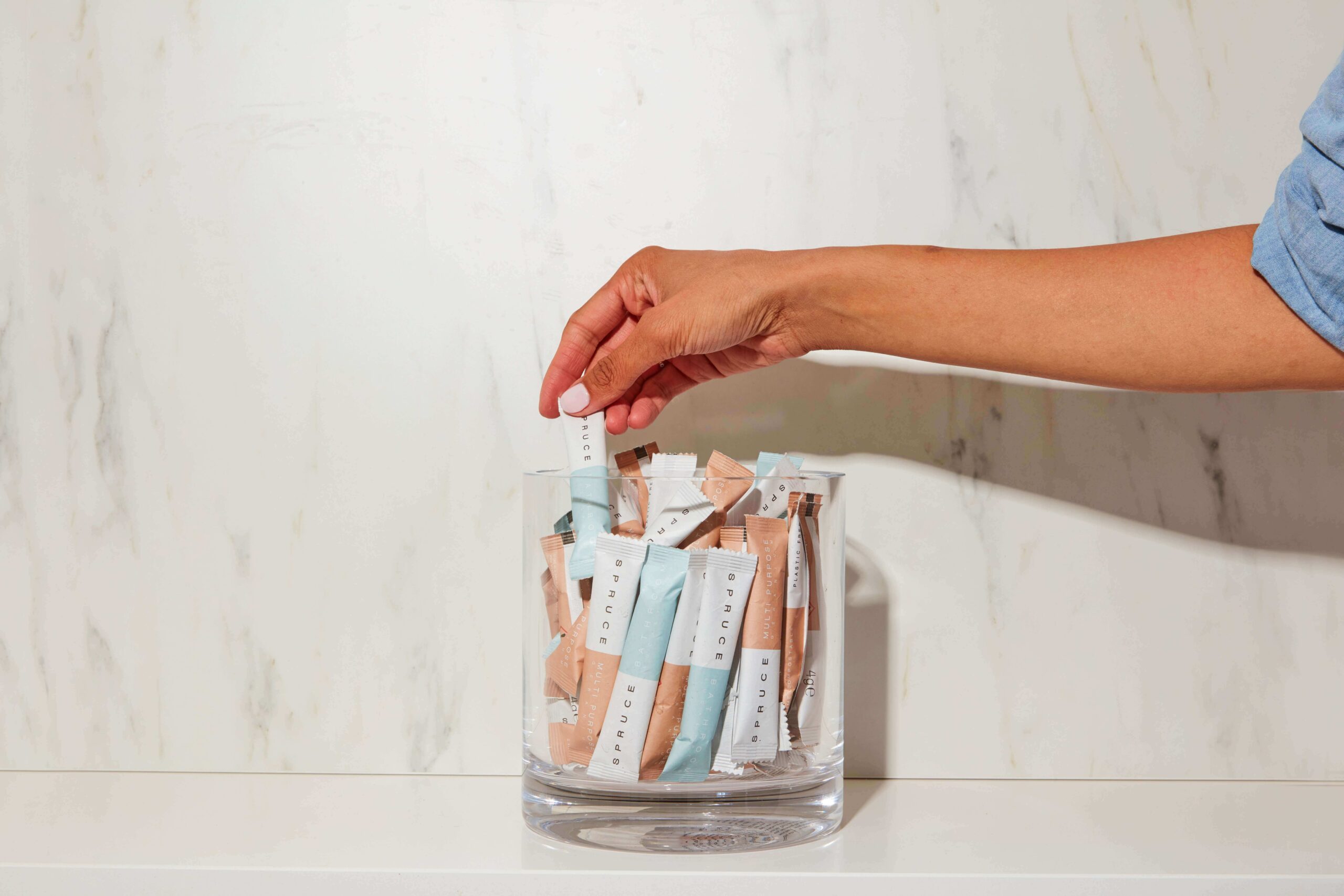Get Familiar With BoPET Films: Origin, Applications & Benefits
Today’s industries have evolved to the extent that most of them have sub-sectors thriving under them. The same is the case with the flexible packaging sector. In a grander sense, it falls under the packaging category. However, owing to its wide range of futuristic products and the consequent growth of businesses, the sector is now emerging as a leading industry of its own.
One of the biggest contributors to this boom are the multiple types of polyethylene films that serve different purposes. Of all the films designed to be excellent flexible packaging solutions, a notable type happens to be BoPET films.
What Is A BoPET Film?
First developed in the mid-1950s, originally by DuPont, Imperial Chemical Industries (ICI), and Hoechst, Biaxially-oriented Polyethylene Terephthalate films (BOPET), commonly known as PET films, are made from bidirectional stretching of polyethylene terephthalate (PET) in order to create a more versatile version that is the best of both worlds. They are designed to be incredibly lightweight and provide excellent clarity.
They are usually either white or transparent and are quite popular for their reflectivity, high tensile strength, heat-resistance chemical and dimensional stability, gas and aroma barrier properties, and electrical insulation. In addition, they ate incredibly lightweight. They are also resistant to oils and grease, and they are difficult to puncture.
Primary BoPET Film Uses
BoPET films are a popular phenomenon in multiple industries, to name a few – sustainable energy, healthcare and hygiene, food and beverage, automotive, consumer electronics, and more. When it comes to BoPET film applications, the list is quite long. It is widely used as a surface film in laminations. When you laminate any product packaging using BoPET foil, it helps protect food against oxidation, meaning that the food products do not lose their true aromas and flavor, and can maintain longer shelf life.
Why are they one of the most sought-after films out there? They are highly versatile, not only for packaging but also for diverse applications such as solar panels, touch screens, capacitors, and identity cards. One of the most common is coffee foil packaging and pouches for convenience foods. A fun example would be the new-age Pop-tarts wrapped in silver BoPET. Here are some key applications of these multi-functional films in different industries-
1. Paper Applications:
-Metallized BoPET is used to beautify and strengthen book covers
-Makes for protective covering for buttons and badges
-Excellent packaging for comic books & card decks
-Used for protecting the spine of important documents
2. Food Industry:
-In the making of laminates containing metallized BoPET foil, for example: coffee pouches
-White BoPET web substrate is used as lidding for dairy goods such as yogurt
-Clear BoPET web substrate is used as lidding for fresh or frozen ready meals
-Laminated sheet metal is used in the manufacture of cans
3. Science:
-Metallized BoPET films for the insulation in a Spacecraft
-As a physical barrier in CT Scanners (between the X-Ray tube, detector ring, and the patient)
-As a window material to confine the gas in detectors and targets in nuclear physics
-Used as amateur and professional visual and telescopic solar filters
4. Insulation:
-Providing insulation for houses and tents, reflecting thermal radiation
-In the making of aluminized proximity suits used by firefighters
-In the production of metalized emergency blankets to conserve a shock victim’s body heat
-Providing light insulation for indoor gardening
5. Electronics:
-As the diaphragm material in headphones, electrostatic loudspeakers, and microphones
-Used as the substrate in practically all magnetic recording tapes and floppy disks
-Used as packaging for audio media such as compact discs and vinyl records
-Clear and white BoPET films are used as core layers and overlays in Smart Cards
What Are The Key BoPET Film Benefits?
1. Functional Yet Eco-friendly:
One of the most important reasons for the rising popularity of BoPET films is that they fit well into the eco-friendly requirements. Consumers today are aware that conserving nature is the need of the hour. As a result, they are actively looking for sustainability features in the products they buy. Here is where BoPET films prove to be the ideal solution as opposed to regular plastic. The films are 100% recyclable and can be easily reprocessed into many other products for many different applications. Of all the options available in the market, these films are your best bet when it comes to keeping the products guarded against air pollution and toxic chemicals.
2. More Benefits, At Lower Costs:
Despite the many benefits that Biaxially-oriented Polyethylene Terephthalate films bring to the table, they are more affordable in comparison to alternative options of the kind. These films, being one of the most effective solutions, help reduce costs significantly. Unlike other plastics, BoPET films do not require de-lamination and are naturally resistant to ultraviolet rays. They are known to best protect products from external damages and harsh weather conditions in the transportation and storage phases. This helps companies cut back on the costs dedicated to replacing the damaged goods. Given that they are sustainable, these films comply with most of the sustainability regulations across the globe. This makes the process of shipping a seamless one for businesses and manufacturers.
3. Looks Good, Feels Good:
BoPET films are not only functional but also quite attractive in terms of aesthetic appeal. They give a stunning finish to the product packaging as they feature an excellent gloss and high transparency. The films come in multiple other finishes, textures, and ranges as well, for example – silk and matte. The best part is that they have the ability to stay wrinkle-free and shrink-free despite the long transit journeys and unwarranted climate conditions. The brilliantly transparent packaging also enables consumers to see what they are buying, increasing their faith in the brand.
4. A Treasure Trove To Choose From:
The physical characteristics of BoPET films can be physically altered with ease during the production process to better suit the packaging or product requirements. This can be done by adding chemicals such as slip modifiers (surface modifiers) or color additives during the polymerization of the PET resin. Several surface finishes can also be created by external treatment. Through these altercations, the films that can be made are available in these varieties – clear, matte, metallizable, surface-treated, chemically coated, heat-sealable, green, and so on. They are also commercially available in a range of widths, thicknesses, and properties.
Ecoplast Ltd, Flexible Packaging Films Suppliers In India
With 40 years of experience, and an extensive range of quality packaging films, we are one of India’s largest suppliers of multilayer co-extruded polyethylene and co-polymer films. These premium films serve the flexible packaging industry as well as other specialty sectors across the globe. We hold expertise in designing and manufacturing Surface Protective Films that protect products such as steel, aluminum panels / profiles, carpets, tiles, glass, and all kinds of substrates from dust, scratches, and other environmental impacts. Here are our offerings:
- EcoGen™ (Lamination Films)
- EcoProtect™ (Surface Protection Films)
- EcoBond™ (Adhesive Films)
- EcoPrime™ (Speciality Films)
If you have been in search of the right BoPET film manufacturers in India, our extensive range of premium films is at the ready. Browse through our premium products online, and select the ones that best suit your requirements. For any further queries, contact us at: +91-22-2683 3452 / +91-22-2683 1403, or drop an email at: [email protected]



